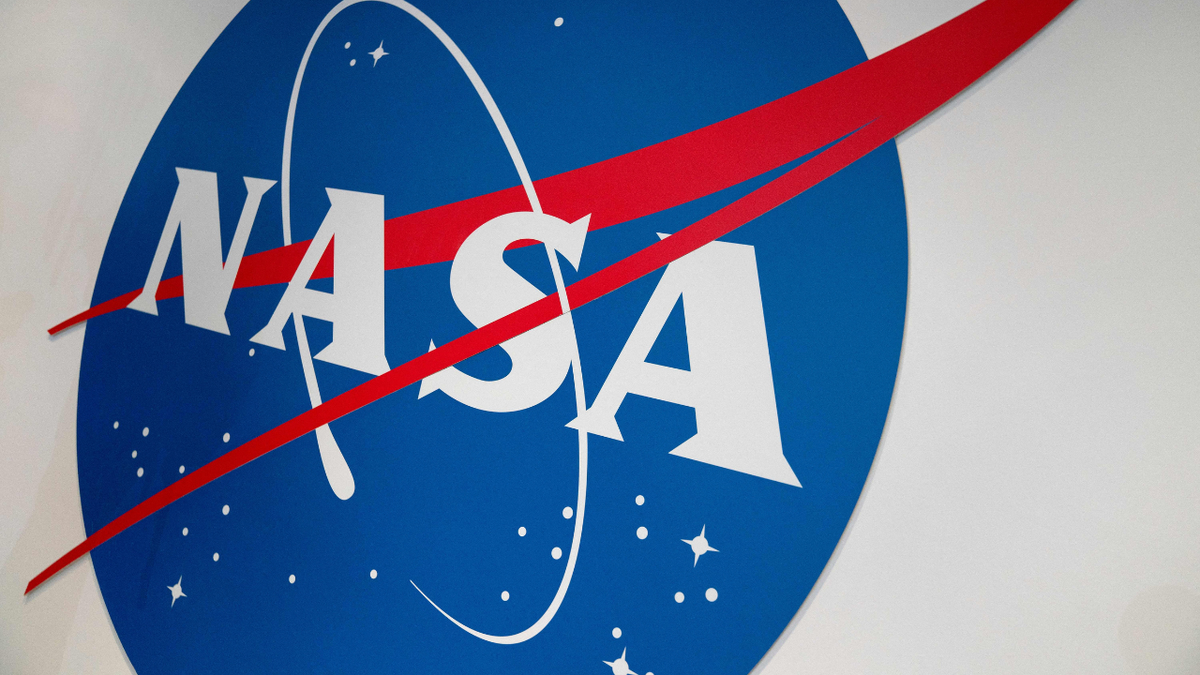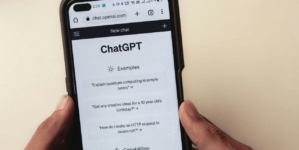-
Hegseth warns Chinese invasion of Taiwan ‘could be imminent’ - 7 mins ago
-
Ncuti Gatwa Leaves Doctor Who as Billie Piper Takes Lead Role - 11 mins ago
-
Matt Wallner hits two-run home run to give Twins lead over Mariners - 11 mins ago
-
Kesha replaces AI-generated ‘Delusional’ cover art after fan backlash - 22 mins ago
-
Aston Martin driver Lance Stroll Withdraws from Spanish Grand Prix After Reaggravated Injury - 53 mins ago
-
Juan Soto: Derek Jeter, David Ortiz & MLB on FOX crew discuss his slow start to the season | MLB on FOX - 57 mins ago
-
Paige Spiranac Got ‘Greatest Experience of my Life’ with Tiger Woods - 2 hours ago
-
Bryan Cranston sets stage for Dodgers vs. Yankees World Series rematch | MLB on FOX - 2 hours ago
-
Grizzlies Urged to Resolve Jaren Jackson Jr Dilemma - 2 hours ago
-
Sydney Sweeney ends engagement to Jonathan Davino after months of speculation - 2 hours ago
NASA revives Voyager 1 thrusters thought dead for 20 years
NASA revived roll thrusters on the 47-year-old Voyager 1 that were thought to be dead for two decades.
According to the space agency, scientists at the Jet Propulsion Laboratory of NASA, located in Southern California, have reactivated a set of thrusters on the spacecraft.
The roll thrusters have not worked since 2004 and are long believed to have been out of commission.
These thrusters are important because Voyager’s main thrusters appear to have some residue forming that could cause them to clog. Scientists estimate those thrusters could fail as early as Fall 2025.
NASA ASTRONAUT REVEALS THEY NEARLY FAILED TO DOCK BOEING STARLINER TO INTERNATIONAL SPACE STATION
Voyager 1 had its thrusters revived after nearly two decades of being thought dead and out of commission. (Credit: NASA/JPL-Caltech)
The antenna on Earth responsible for sending commands to both Voyager 1 and Voyager 2 will be offline for several months.
Deep Space Station 43, a 230-foot-wide antenna in Australia, will be offline until February 2026 due to needed upgrades.
While that antenna is being upgraded, the team at NASA will not be able to communicate with the twin space probes.
NASA FINALIZES STRATEGY FOR HUMAN PRESENCE IN SPACE

The NASA Jet Propulsion Laboratory in Pasadena, California. The JPL has been working on restoring the thrusters on the Voyager 1. (NASA/JPL-Caltech)
Suzanne Dodd, Voyager project manager and director of the Interplanetary Network at JPL, said these upgrades are important for future Moon missions.
“These antenna upgrades are important for future crewed lunar landings, and they also increase communications capacity for our science missions in deep space, some of which are building on the discoveries Voyager made,” Dodd said in a press release.
Each Voyager has a set of primary thrusters that control movement in all directions as well as smaller thrusters for what is called roll control.
Using the smaller thrusters allows the Voyager’s antenna to stay aligned with Earth, so the scientists can communicate with it.

NASA’s deep space antenna in Australia is currently going through upgrades causing any communication with Voyager 1 and Voyager 2 to go dark until 2026, when the Antenna is reactivated. (STEFANI REYNOLDS/AFP via Getty Images)
While there is a third set of thrusters, which were brought back online in 2018 and 2019, Voyager does not have the capability to perform the roll adjustments needed to keep a connection with Earth.
If Earth happened to lose connection with Voyager 1, it would be nearly impossible to restore communication.
CLICK HERE TO GET THE FOX NEWS APP
Voyager 1 was launched in 1977 and has traveled nearly 15 billion miles away and is currently exploring interstellar space, which is beyond our Solar System.
Both Voyager 1 and Voyager 2 have traveled farther than any other human-made objects. Voyager 1’s notable discoveries include finding a thin ring around Jupiter, along with 2 moons orbiting the Solar System’s largest planet that had not been seen before. It also discovered five moons orbiting Saturn, along with a previously unknown ring around the gas giant.
Nick Butler is a reporter for Fox News Digital. Do you have any tips? Reach out to Nick.Butler@Fox.com.
Source link























